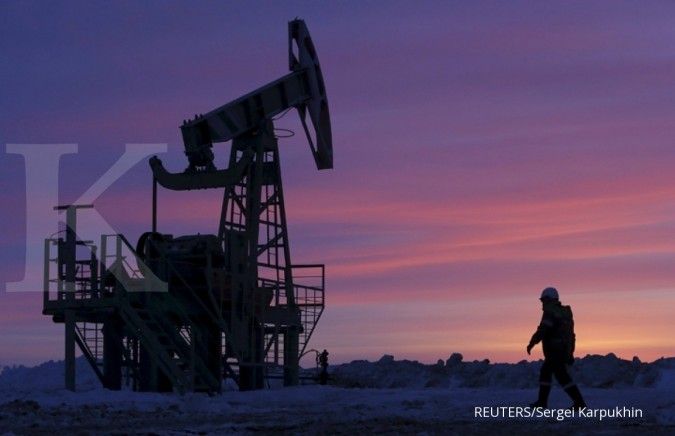OIL AND GAS - SINGAPORE. Oil prices fell on Friday, dropping from highs last seen in 2015, as soaring U.S. production undermined a 10% rally from December lows that were driven by tightening supply and political tensions in OPEC member Iran.
U.S. West Texas Intermediate (WTI) crude futures CLc1 were at US$61.43 a barrel by 1140 GMT. That was 58 cents, or 1%, below their last close. WTI hit US$62.21 the previous day, which was its strongest since May, 2015.
Brent crude futures LCOc1 lost 65 cents, or 1%, to US$67.42. The previous day it touched US$68.27, also the highest since May 2015.
Traders said political tensions in Iran, the third-largest producer in the Organization of the Petroleum Exporting Countries (OPEC), had pushed prices higher.
“The protests in Iran add more fuel to the already bullish oil market mood,” said Norbert Ruecker, head of commodity research at Swiss bank Julius Baer.
Oil prices have received general support from production cuts led by OPEC and Russia, which started in January last year and are set to last through 2018, as well as from strong economic growth and financial markets.
That has helped to tighten markets. U.S. commercial crude inventories C-STK-T-EIA fell by 7.4 million barrels in the week to Dec. 29, to 424.46 million barrels, according to data from the Energy Information Administration (EIA).
That is down 20% from peaks last March and close to the five-year average of 420 million barrels.
Can the bull run last?
Yet given Iran’s oil production has not been affected by the unrest and that U.S. output C-OUT-T-EIA is soon likely to break through 10 million barrels per day (bpd), a level so far reached only by Saudi Arabia and Russia, doubts are emerging whether the bull run can last.
Bank Jefferies said the oil price “upside from here is not obvious to us” but added that it expects the oil market to remain undersupplied through 2018.
Julius Baer’s Ruecker said that crude prices above US$60 project an “overly rosy picture”.
“Oil production disruptions (in Iran) remain a very distant threat ... disruptions in the North Sea have been removed ... (and) U.S. oil production surpassed the 2015 highs in October and is set to climb to historic highs this year,” he said.
/2017/12/04/728172761p.jpg)











